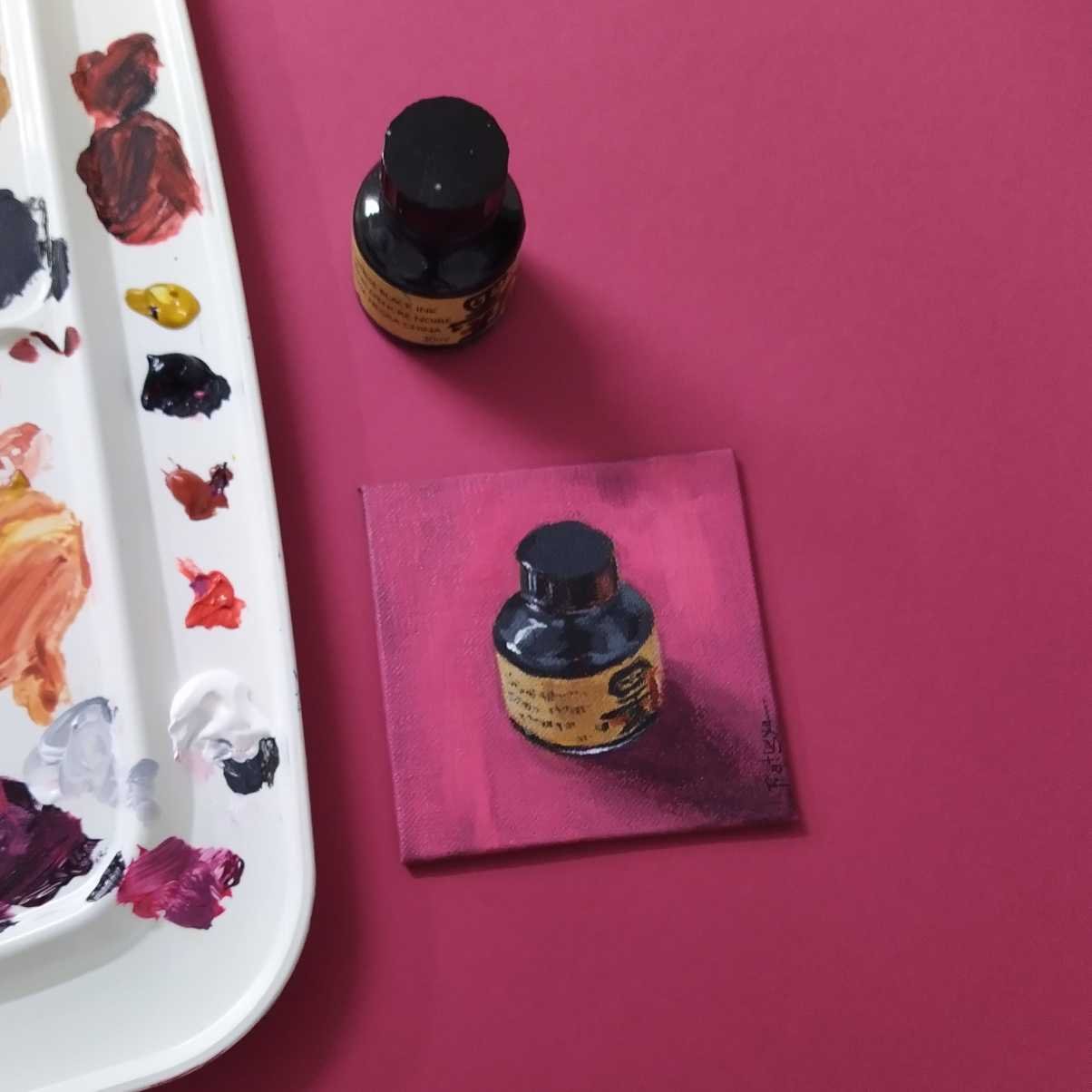Painting from life is far different from painting using photo as reference. You must rely on your observation and can’t have camera doing most of the work for you.
Any seasoned Artist will tell you that to sharpen your skills as an Artist, you should practice painting from life. It can be still life, portrait, figure painting or plein air painting.












